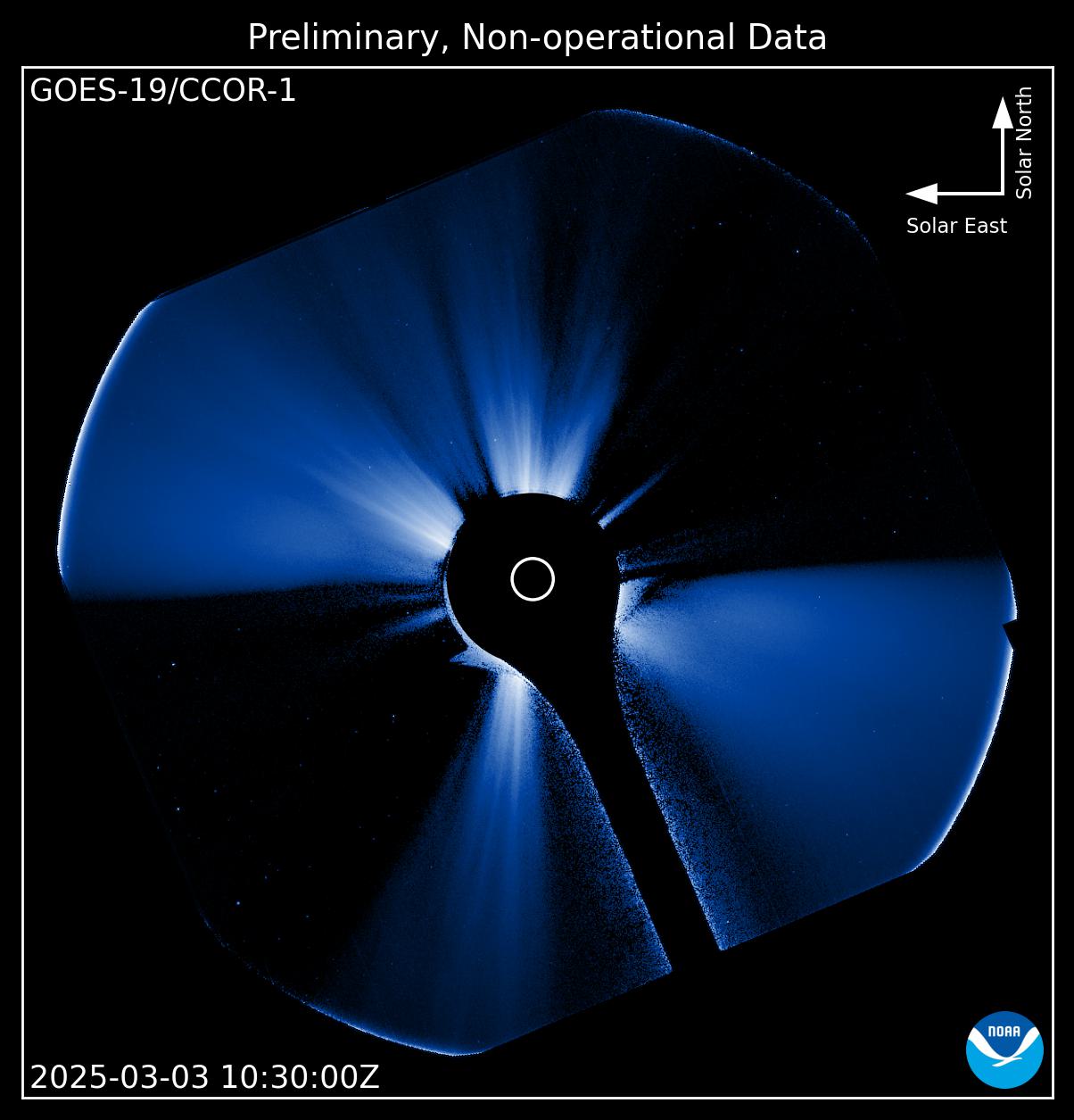 Many thanks to SWLing Post contributor, Jake Brodsky (AB3A), who writes:
Many thanks to SWLing Post contributor, Jake Brodsky (AB3A), who writes:
One of the key instruments for predicting when solar weather events will
arrive here at Earth is the Chronograph. And one of the most widely used
Coronagraphs is the LASCO instrument onboard the SOHO spacecraft at
Lagrange Point 1 (L1). This is a place where the spacecraft orbits L1 in
a halo fashion, just like the James Webb Space Telescope at L2. The
advantage of L1 is that it gets a mostly uninterrupted view of the sun.
SOHO was designed for a two year mission. And here we are nearly 30
years later and the spacecraft is still working. However, the solar
panels have degraded over that time, the gyros are no longer working,
and though the spacecraft has lots of fuel, it is running on borrowed time.
The older LASCO C2 and C3 coronagraph images are amazing, considering
that they’re 30 year old technology. Still, after 30 years we can do
better.
Enter CCOR, or the Compact Coronagraph. The scientists at Naval Research
Lab decided to see what they could do to improve on LASCO. The result
was CCOR-1. CCOR-1 was launched on GOES-U which, upon arriving on
station in Geostationary Orbit, became GOES 19.
Since it arrived on station last July, I’ve been waiting patiently for
the images from the new coronagraph to become available. It’s taken some
time and it won’t be officially available until April. However, you can
see what it looks like under the “experimental” instruments on NOAA’s
web page.
See https://www.swpc.noaa.gov/products/ccor-1-coronagraph-experimental
Unlike the LASCO instrument onboard SOHO at L1, Geostationary orbit
doesn’t offer an uninterrupted view of the sun. Often you’ll see the
moon photobombing its way through the image. And there are times when
the Earth may block the view of the sun. However, CCOR-1 reports
reliably every 15 minutes, whereas LASCO images can be delayed for many
hours until the SOHO spacecraft antenna points back at Earth.
When the CCOR-1 data is ready for scientific use, it will become an
important backup for the aging SOHO spacecraft. Also note that NOAA is
planning to launch a new replacement for SOHO at L1 called the Space
Weather Follow On to L1 or SWFO.
Solar weather is critical for many uses, besides just shortwave radio.
These include predicting degraded GPS accuracy, Satellite Operations,
Power Grid Operations, and in extreme cases, even alerting pilots of
excessive radiation risks when flying in the vicinity of the North and
South poles.
Have a look at the CCOR-1 images. It is much better at illuminating the
corona of the Sun, though it does have limitations based upon where it
is located.
73,
Jake Brodsky,
Amateur Radio Station AB3A
 Many thanks to SWLing Post contributor David Iurescia (LW4DAF), who shares the following news:
Many thanks to SWLing Post contributor David Iurescia (LW4DAF), who shares the following news:












